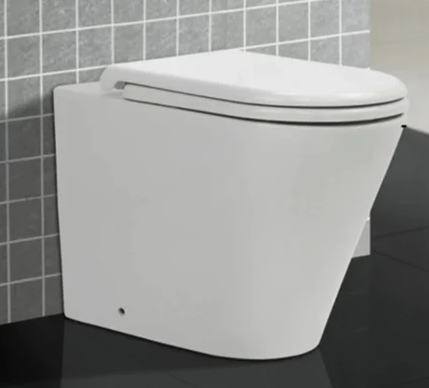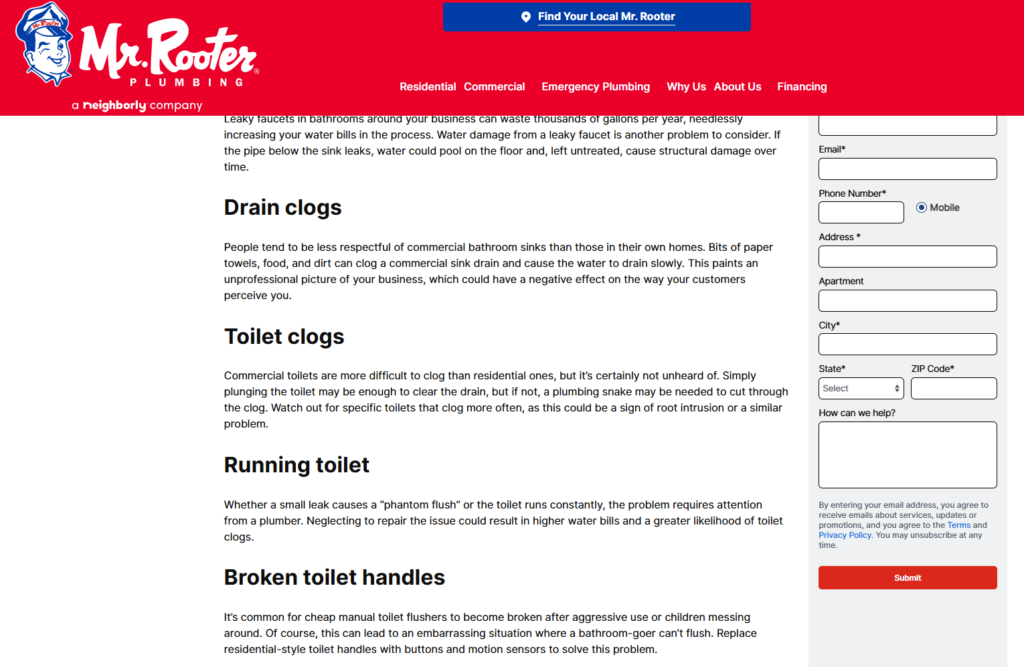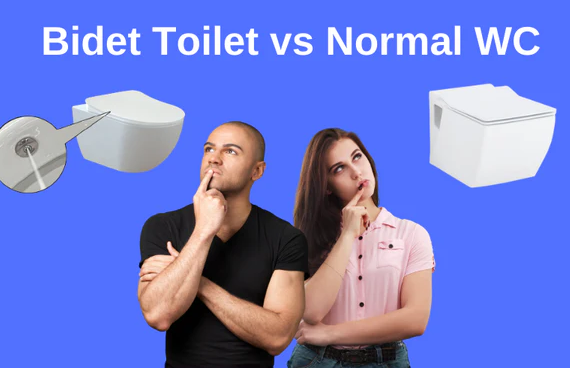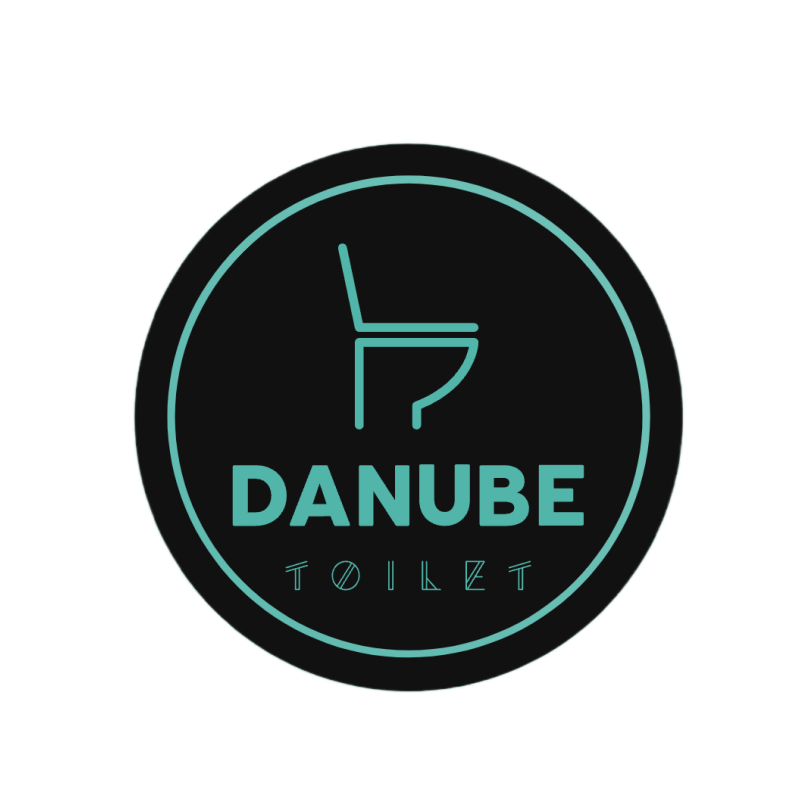Back-to-wall toilets have grown in popularity thanks to their sleek design and space-saving features. They are especially common in modern homes and commercial spaces where aesthetics and practicality are key considerations. However, for B2B purchasers—whether supplying large-scale ODM orders for global retailers or small-batch OEM orders—understanding the potential challenges of these toilets is critical to ensuring product satisfaction and market alignment.
This article explores the common problems associated with back-to-wall toilets, compares them with standard models, and provides solutions and procurement tips tailored for bulk buyers.
1. What Are Back-to-Wall Toilets?
Back-to-wall toilets are a type of sanitary fixture where the cistern is hidden behind a wall or inside a furniture unit. This design creates a clean, minimalist appearance by eliminating visible pipework. These toilets can either be wall-hung or floor-mounted, depending on the structure and support system.
While their modern design offers aesthetic appeal, the concealed nature of the cistern and fittings introduces complexities that must be considered during procurement, installation, and maintenance.
2. Common Problems with Back-to-Wall Toilets
2.1 Installation Complexity
- Precise Measurements Needed: The installation of back-to-wall toilets requires accurate measurements to fit the concealed cistern and ensure proper alignment with the plumbing system.
- Professional Expertise Required: Unlike traditional toilets, which are relatively simple to install, these units often require experienced plumbers or contractors to handle the setup.
- Longer Installation Time: The added steps of installing a hidden cistern or modifying walls and furniture can significantly extend the installation process.
2.2 Maintenance Challenges
- Limited Access to Cisterns: The main drawback of a concealed cistern is accessibility. Routine maintenance or repairs often require dismantling parts of the wall or furniture, increasing labor costs and inconvenience.
- Frequent Issues with Hidden Fittings: Over time, fittings like flush mechanisms may require adjustment or replacement, which can be cumbersome when parts are hidden.

2.3 Compatibility Issues
- Structural Requirements: The wall or unit housing the cistern must meet certain structural standards to support the weight of the toilet and withstand water pressure. Weak or improperly designed walls can lead to failures.
- Plumbing Standard Variations: In international markets, plumbing standards differ. This can result in compatibility issues, especially when sourcing for diverse regions.
2.4 Cost Considerations
- Higher Initial Investment: Back-to-wall toilets tend to be more expensive than standard models due to their complex design and higher material costs.
- Ongoing Expenses: Potential future repairs or maintenance may incur higher costs, especially if parts need to be imported or if dismantling is required.
2.5 Limited Customization Options
- Unlike standard toilets, which offer more flexibility in size and design, back-to-wall toilets are constrained by the need to accommodate concealed cisterns. This limitation can pose challenges for certain design preferences or space configurations.
10 Most Common Commercial Bathroom Problems

3. Comparison: Back-to-Wall Toilets vs. Standard Toilets
| Aspect | Back-to-Wall Toilets | Standard Toilets |
|---|---|---|
| Design Aesthetic | Modern, minimalist, and space-saving | Traditional and practical |
| Ease of Installation | Requires professional expertise and precision | Simple and quick to install |
| Maintenance Accessibility | Hidden cisterns are difficult to access | All components are easy to reach |
| Cost | Higher initial and maintenance costs | Lower overall costs |
| Space Efficiency | Ideal for compact bathrooms | Requires more space |
| Customization Options | Limited due to concealed cisterns | Highly flexible in design and dimensions |
4. Solutions to Common Problems
4.1 Installation Solutions
- Pre-Assembled Units: Opt for pre-assembled back-to-wall toilet units where possible. These streamline the installation process and reduce the risk of errors.
- Hire Experienced Professionals: Always engage experienced contractors familiar with concealed cistern systems to ensure proper installation.
- Standardized Measurements: Choose suppliers that provide standardized dimensions and clear installation guides for global use.
4.2 Maintenance Solutions
- Accessible Designs: Look for models with access panels in the furniture or walls. These panels simplify maintenance and reduce the need for invasive repairs.
- Durable Components: Invest in high-quality fittings and flush mechanisms to minimize wear and tear, ensuring longer intervals between maintenance.
4.3 Compatibility Solutions
- Flexible Designs: Partner with manufacturers that offer flexible systems adaptable to various plumbing standards.
- Structural Assessments: Conduct thorough assessments of wall or furniture strength before installation to avoid structural failures.
4.4 Cost Management
- Bulk Purchasing: Leverage bulk purchasing to negotiate lower unit prices, especially for large-scale ODM orders.
- Focus on Quality: Choose durable materials and well-known brands to reduce the likelihood of future repairs and replacements.
Back-to-Wall vs. Wall-Hung Toilets: A Comparative Guide

5. Recommendations for B2B Purchasers
5.1 ODM Customization
- Collaborate with manufacturers capable of offering custom branding and designs tailored to specific market demands.
- Focus on universal designs that meet global plumbing standards, ensuring wider market appeal.
5.2 OEM Customization
- For small-batch buyers, consider working with suppliers that provide flexible order quantities and customizable features.
- Ensure that suppliers have a robust after-sales service network to support maintenance or part replacements.
5.3 Targeting Global Markets
- Research regional preferences for toilet designs. For instance:
- Europe: Strong preference for sleek, minimalist designs.
- Asia: Growing demand for space-saving and modern fixtures in urban areas.
- North America: Balance between aesthetic appeal and ease of maintenance.
5.4 Product Bundling
- Consider bundling back-to-wall toilets with complementary products like matching vanities, concealed cisterns, or maintenance kits to increase value for retail buyers.
6. Conclusion
Back-to-wall toilets offer a range of benefits, including aesthetic appeal and space efficiency, but they are not without their challenges. Issues like installation complexity, maintenance difficulties, and higher costs can pose obstacles for B2B purchasers. However, with the right strategies—such as partnering with reliable manufacturers, focusing on high-quality components, and tailoring products to market needs—these challenges can be effectively mitigated.
By understanding these potential problems and offering solutions, B2B suppliers can better serve their clients and thrive in the competitive global market.
If you’re ready to take your planter business to the next level, reach out to DANUBETOILET today for consultation and bulk order opportunities.
